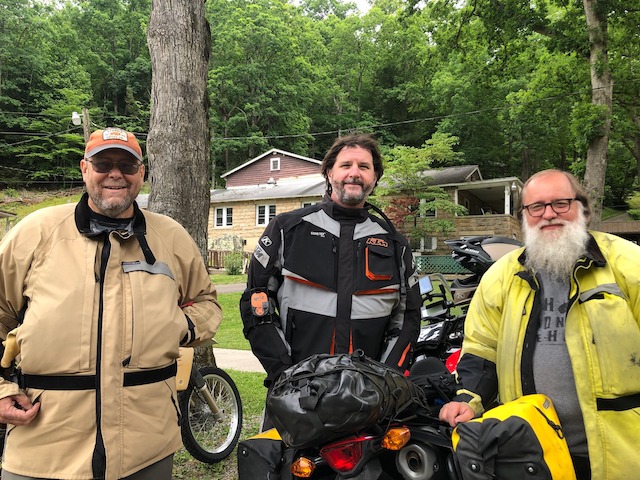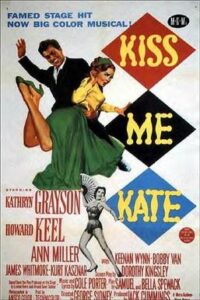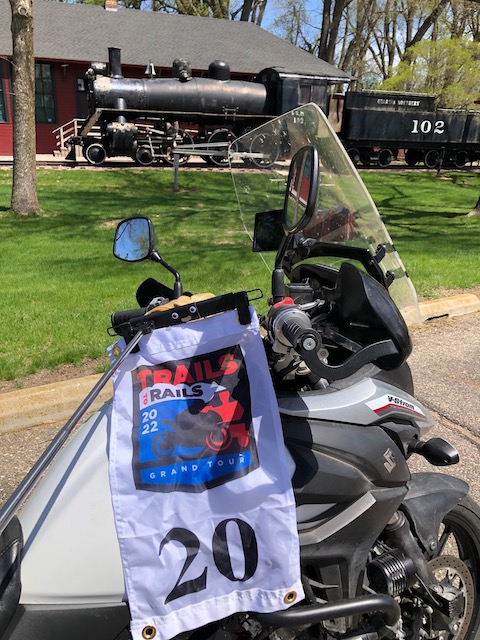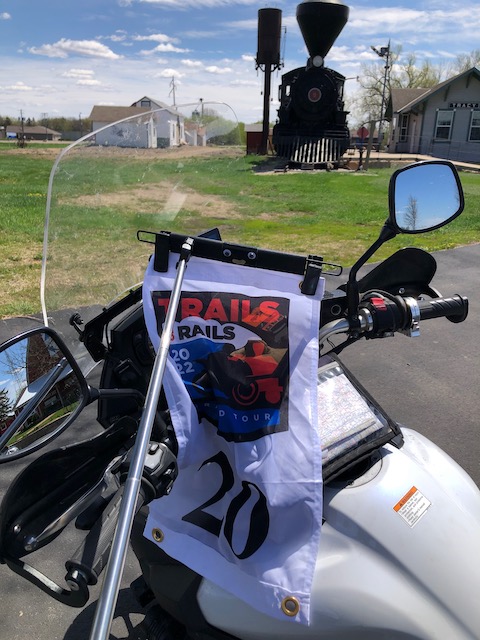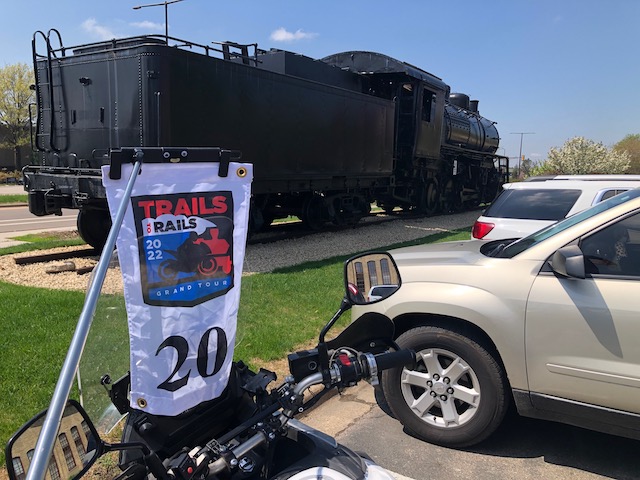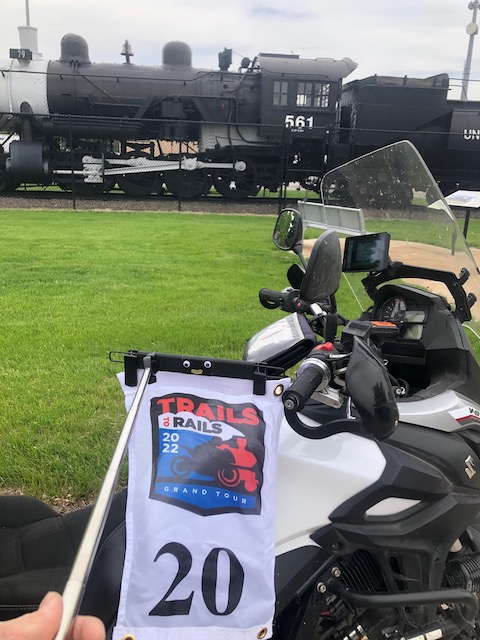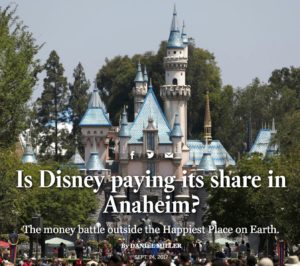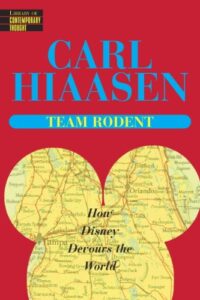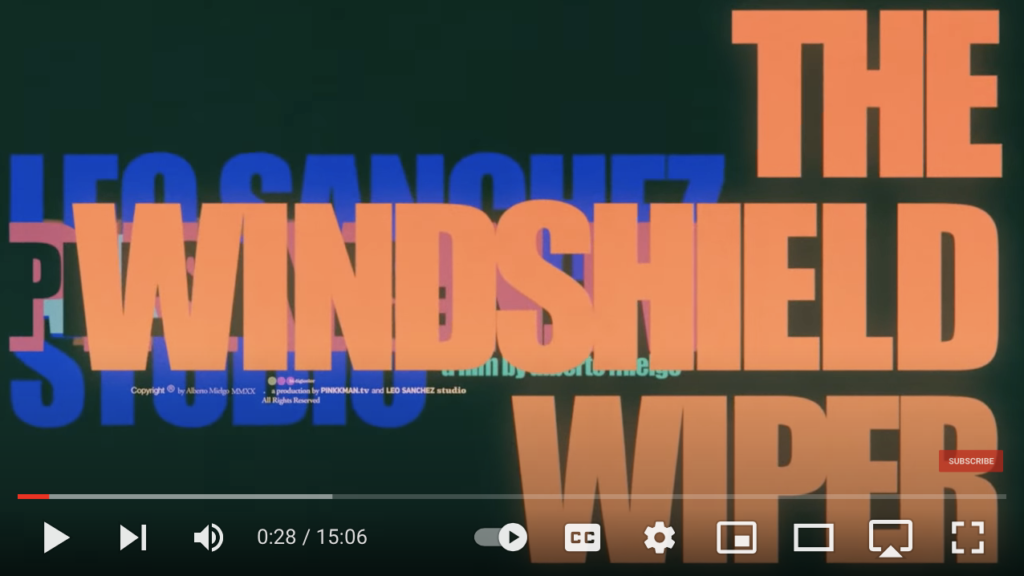This is one of a series of posts about riding the Mid Atlantic Backcountry Discovery Route with a couple of my old motorcycle friends.
Some of you may recall that back in July of 2018 my friend Howard and I attempted to ride the Idaho Backcountry Discovery Route (IDBDR), a combination of paved and unpaved roads motorcyclists ride with dual-sport or adventure bikes. Howard rode his big KTM adventure bike, and I rode a mid-sized Suzuki DR650 dual-sport. We both had a good trip through southeast and central Idaho to get us to the beginning of the BDR.
While Howard was an experienced off-road rider, this was all relatively new to me, and on our second day of off-pavement riding, I fell in some deep gravel and got some deep bruising to my leg and hip. I had no problem riding my motorcycle, but I couldn’t stand without crutches. In the end I had to fly home and have my bike shipped back to Nebraska.
Needless to say, this was not a satisfactory end to the adventure. But it forced me to re-examine what I was capable of doing. In the end, I decided to get a smaller, more nimble off-road bike. (In fact, I downsized both my touring bike and my off-road bike.)
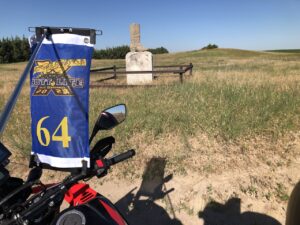
This Boot Hill monument was located on a sandy minimum maintenance road I took to a Team Strange bonus location as practice for unpaved riding.
I purchased a new Honda CRF300L Rally a little over a year ago and spent a lot of time riding it on gravel and other unpaved roads. And I made plans to ride the Mid Atlantic Backcountry Discovery Route with Howard and first-time off-pavement rider Bishop Matt.
The Mid Atlantic Backcountry Discovery Route is a mix of roughly 50/50 unpaved and paved roads running from the Virginia – Tennessee border up to the Pennsylvania – New York border. (It is one of currently 11 BDRs spread out across eastern and western United States.) Our plan was to ride seven-and-a-half of the nine stages, taking us up to Waterville, PA before turning back south on paved roads to Morgantown and our regular lives.
Howard trailered his DR-Z 400 up to Morgantown, WV, as did I with the little Rally. The next morning we set off south on lovely, twisty West Virginia roads. We picked up The Bishop at Camp Luther near Webster Springs, then continued on to spend the night near Damascus, VA where the MABDR would begin. (Yes, we met The Bishop on the road to Damascus. Am I the only one who finds that hilarious?) Matt would be riding a 400 cc Royal Enfield Himalayan.
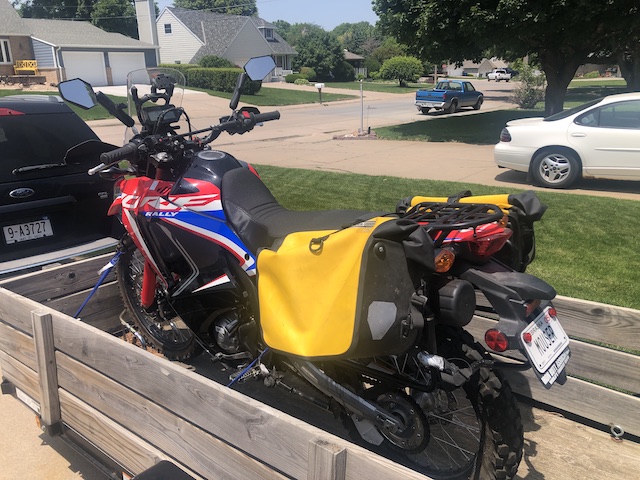
My CRF300L Rally (AKA Mouser – as in Fafhrd and the Gray Mouser) loaded up in the trailer for the trip out east. I’m not a fan of trailering motorcycles, but I’m also not a fan of traveling 1,200 miles in two days on a 300 cc dual-sport. Note: the saddlebags will come off before leaving town.

Because I was driving to West Virginia, my road food had to be fresh-baked pepperoni rolls. It’s the rule! (Actually, some of these were ham rolls. That’s ok. It’s allowed.)
From there we would launch our adventure….
You can find the whole story of our trip here, once all the sections have been posted.


